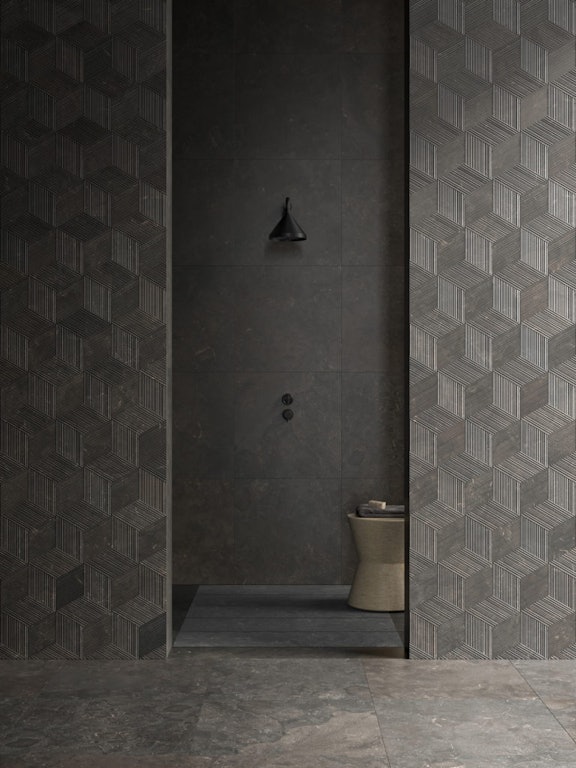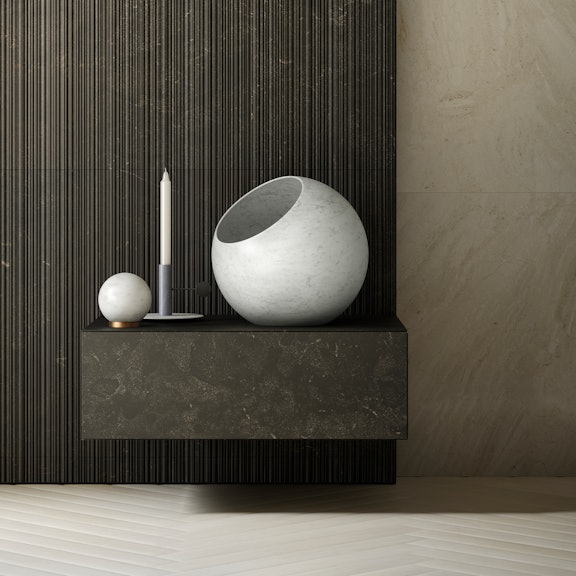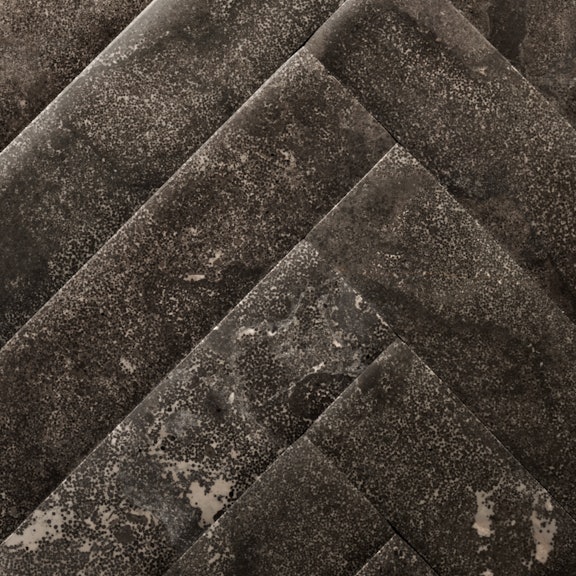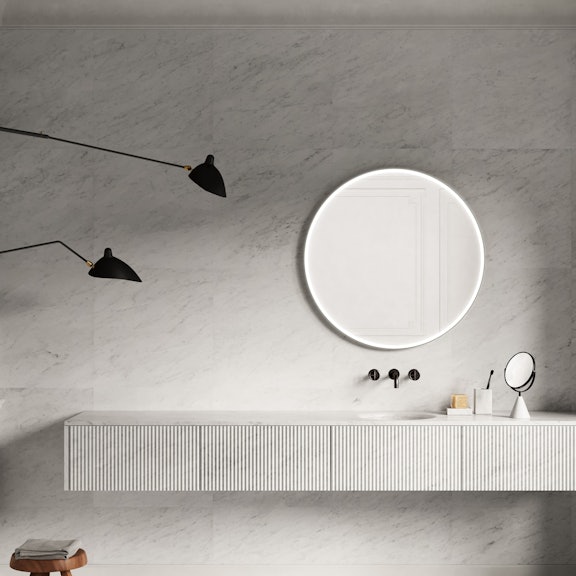All you need to know about removing stains from natural stone
03.2022
Learn all you need to know to look after marble and other types of natural stone
How to clean natural stone and remove stains
It is hardly surprising that natural stone has long been a favourite material when it comes to architecture and design.
Not only beautiful, it is incredibly long lasting and hardwearing, so it also represents a sound investment. However, like many materials, if not treated or looked after correctly, it can stain, so it’s important to know how to clean it properly as it does require a little extra care, so that its natural beauty remains intact.
So, just how to you remove marks from marble or other natural stones? What cleaning products should you avoid? In this article, we answer these crucial questions and provide valuable tips on how to keep your natural stone looking gorgeous for years to come.
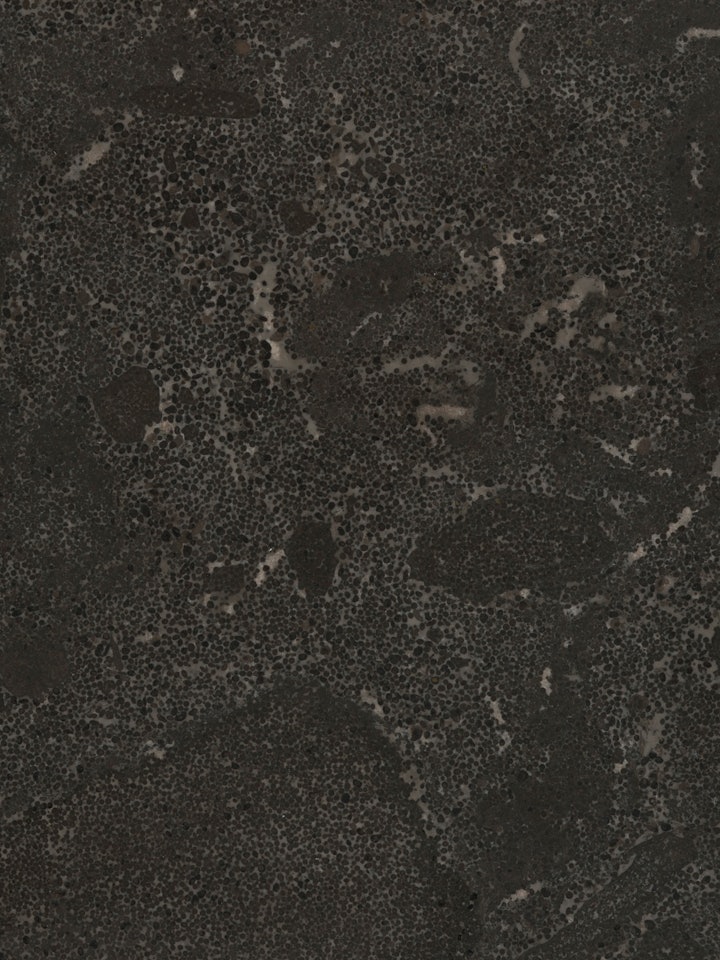
Products to avoid
Even though natural stone is extremely tough, there are 3 types of products to absolutely avoid when it comes to cleaning:
• Limescale removers
• Acidic products
• Aggressive cleaning products
Stone is a 100% natural material, created over millions of years through the accumulation of organic deposits. By nature, it is predominantly made up of limestone, and for this reason, products designed to remove limescale tend to weaken its structure, creating more damage than good to the very stains you are trying to remove.
Similarly, products containing pH acids are enemies of natural stone as they corrode its surface. Chief among the culprits here are those everyday substances such as alcohol, lemon and vinegar, while hydrofluoric acid is another to avoid, as it can ruin the precious traces of quartz that are such an integral element of stones such as our Gris du Marais® and Pietra d’Avola.
As a general rule of thumb, when it comes to cleaning stone, if you want to treat it with the respect it deserves, you should stay away from any aggressive type of product, as well as those famed housewives’ remedies such as bleach, ammonia and baking soda concoctions. Even if they are not classed as acids, if you don’t use them in the right doses, they will be just as damaging.
For everyday cleaning, you simply need to use neutral detergents, however if you do end up with a mark that you simply can’t shift, there are a number of specialist products designed to remove such stains. At Salvatori, for example, we have used the Fila range of products for many years, as they have been developed specifically to treat, protect, clean and maintain natural stone.
Let’s take a look in more detail at the rules of cleaning natural stone.
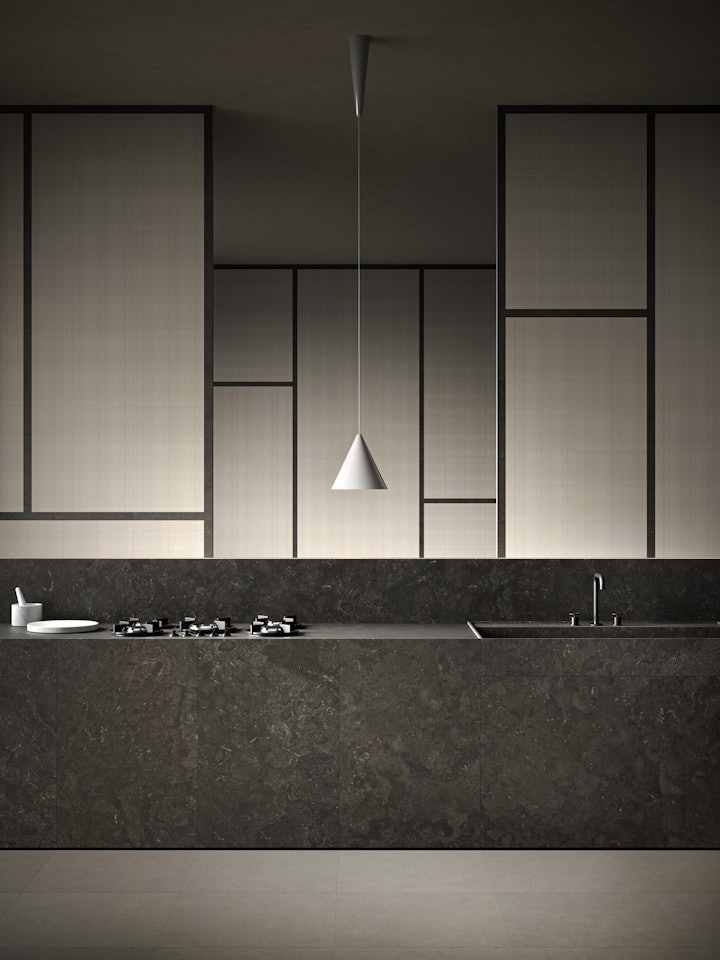
How to clean and remove fresh stains
As we have already said, everyday cleaning of natural stone is very simple, as all you need is a little water and a neutral detergent, such as Marseilles soap, which can be bought from any supermarket. The trick is to clean regularly, and that way, irremovable stains are unlikely to form.
The bottom line is, however, that natural stone can stain, especially if corrosive liquids such as coffee, lemon juice or wine are left to penetrate it. The first line of defence is to wipe them off promptly and the only weapon you need here is a soft cloth. Microfibre is perfect.
Once you’ve wiped it off, in keeping with the philosophy that prevention is the best form of cure, is to completely clean the area, and in addition to a neutral cleanser, we would recommend a detergent such as Fila Marble Refresh or Fila Cleaner.
Follow this up by rinsing the stone surface and drying it. This is particularly important if the water in your area is particularly hard, as it can build up and cause unsightly smears or marks.

How to clean tough stains
If you find yourself with a particularly obstinate stain, a neutral cleanser is not going to be enough, and you will need a product specifically designed for the job.
There are a number of solutions, and you will need to choose one based on the type of stain. For example, if we are taking about removing mould from natural stone a fungicidal detergent will be called for. This will not only eliminate the mark, but also guard against repeat occurrences.
For your more standard types of stain, the procedure starts with choosing a product designed to shift tough stains. At Salvatori, in this situation, we would suggest Fila PS87. Distribute it over the problem area, wait five minutes and, with a scrubbing brush, scrub energetically.
If you can see that the mark has disappeared, rinse the stone thoroughly, and remove all excess water so that you don’t end up with water marks. If you can still see any traces of the stain, simply repeat the process until it disappears completely.

How to clean outdoor stone paving
As we mentioned in our introduction, natural stone is a popular choice in architecture and interior design, but it is also an excellent choice for exteriors, as it can withstand the rigours of the elements, from blazing sun to pouring rain.
There is nothing particularly complicated about maintaining it, with the cardinal rule being all about regularity, rather than leaving it for five years and suddenly realising you’ve got a real job on your hands. It’s the build-up over time of dirt, dust and general grime that creates the problem, as they become engrained and extremely difficult to remove without damaging the stone itself.
Where you do need to intervene in a more detailed way, however, the first thing to do is scrub the entire area and remove any superficial dust and dirt. Then, distribute a heavy-duty detergent, such as Fila PS87, over the entire area.
For outdoor paving, if you can hire a water blaster or some sort of pressure washer, your work will be much easier and the result will be significantly better.
As with interior surfaces, it’s important to rinse off the area afterwards with clean water, and, if necessary, repeat the process. Avoid carrying out this type of cleaning when the sun is beating down strongly, as what can happen is that the Fila PS87, or whatever product you are using, dries on the stone before you have a chance to rinse it off, and this can create new stains.

Protecting natural stone with an oil-water-repellent
Finally, another way to look after natural stone, and again we return to our “prevention, not cure” approach, is to treat it with an oil-water-repellent product that helps protects the stone from stains forming.
That said, however, no product exists on the market that can provide total protection, but what such treatments do is create a type of invisible barrier that slows down the absorption of any enemy substance that tries to penetrate.
All our finished products, from accessories to pieces of furniture, receive three coats of such a treatment before they leave us. This is designed to guard against the formation of stains, but at the same time, it is suitable for use on items such as trays that may come into contact with food.
Our tiles are not treated, as this should be done only once they are laid, and again, we provide thorough information about how this should be done in our installation guides.

